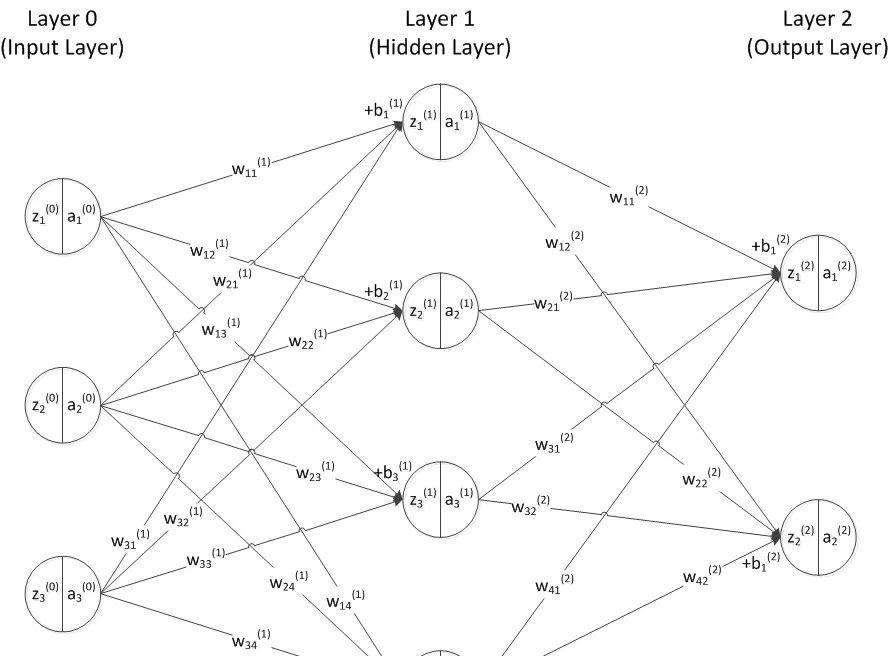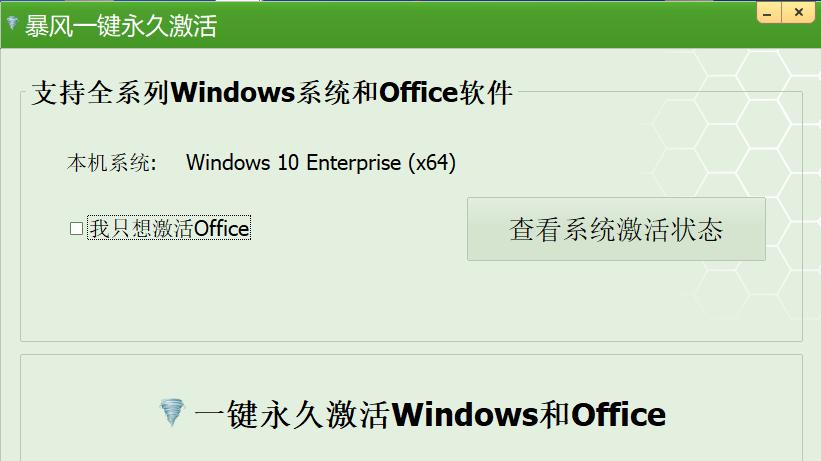回复“资源”获取独家整理的学习资料!


https://juejin.im/post/5bd6a089e51d45437252599e
数据库中可以用 datetime、bigint、timestamp 来表示时间,那么选择什么类型来存储时间比较合适呢?
前期数据准备
通过程序往数据库插入 50w 数据
数据表:
CREATE TABLE `users` ( `id` int(11) NOT NULL AUTO_INCREMENT, `time_date` datetime NOT NULL, `time_timestamp` timestamp NOT NULL DEFAULT CURRENT_TIMESTAMP ON UPDATE CURRENT_TIMESTAMP, `time_long` bigint(20) NOT NULL, PRIMARY KEY (`id`), KEY `time_long` (`time_long`), KEY `time_timestamp` (`time_timestamp`), KEY `time_date` (`time_date`)) ENGINE=InnoDB AUTO_INCREMENT=500003 DEFAULT CHARSET=latin1
其中 time_long、time_timestamp、time_date 为同一时间的不同存储格式
实体类 users
/** * @author hetiantian * @date 2018/10/21 * */@Builder@Datapublic class Users { /** * 自增唯一id * */ private Long id; /** * date类型的时间 * */ private Date timeDate; /** * timestamp类型的时间 * */ private Timestamp timeTimestamp; /** * long类型的时间 * */ private long timeLong;}
dao 层接口
/** * @author hetiantian * @date 2018/10/21 * */@Mapperpublic interface UsersMapper { @Insert(“insert into users(time_date, time_timestamp, time_long) value(#{timeDate}, #{timeTimestamp}, #{timeLong})”) @Options(useGeneratedKeys = true,keyProperty = “id”,keyColumn = “id”) int saveUsers(Users users);}
测试类往数据库插入数据
public class UsersMapperTest extends BaseTest { @Resource private UsersMapper usersMapper; @Test public void test() { for (int i = 0; i < 500000; i ) { long time = System.currentTimeMillis(); usersMapper.saveUsers(Users.builder().timeDate(new Date(time)).timeLong(time).timeTimestamp(new Timestamp(time)).build()); } }}
sql 查询速率测试
通过 datetime 类型查询:
select count(*) from users where time_date >=”2018-10-21 23:32:44″ and time_date <=”2018-10-21 23:41:22″
耗时:0.171
通过 timestamp 类型查询
select count(*) from users where time_timestamp >= “2018-10-21 23:32:44″ and time_timestamp <=”2018-10-21 23:41:22”
耗时:0.351
通过 bigint 类型查询
select count(*) from users where time_long >=1540135964091 and time_long <=1540136482372
耗时:0.130s
结论 在 InnoDB 存储引擎下,通过时间范围查找,性能 bigint > datetime > timestamp
sql 分组速率测试
使用 bigint 进行分组会每条数据进行一个分组,如果将 bigint 做一个转化在去分组就没有比较的意义了,转化也是需要时间的
通过 datetime 类型分组:
select time_date, count(*) from users group by time_date
耗时:0.176s
通过 timestamp 类型分组:
select time_timestamp, count(*) from users group by time_timestamp
耗时:0.173s
结论 在 InnoDB 存储引擎下,通过时间分组,性能 timestamp > datetime,但是相差不大
sql 排序速率测试
通过 datetime 类型排序:
select * from users order by time_date
耗时:1.038s
通过 timestamp 类型排序
select * from users order by time_timestamp
耗时:0.933s
通过 bigint 类型排序
select * from users order by time_long
耗时:0.775s
结论 在 InnoDB 存储引擎下,通过时间排序,性能 bigint > timestamp > datetime
小结
如果需要对时间字段进行操作 (如通过时间范围查找或者排序等),推荐使用 bigint,如果时间字段不需要进行任何操作,推荐使用 timestamp,使用 4 个字节保存比较节省空间,但是只能记录到 2038 年记录的时间有限。
推荐阅读
??一文带您了解 Elasticsearch 中,如何进行索引管理(图文教程)??为什么老外不愿意用 MyBatis???惊了!如何通过阿里 EasyExcel 7 行代码, 优雅地实现 Excel 文件导出功能???求求你们了,别再写满屏的 try catch 了!!










